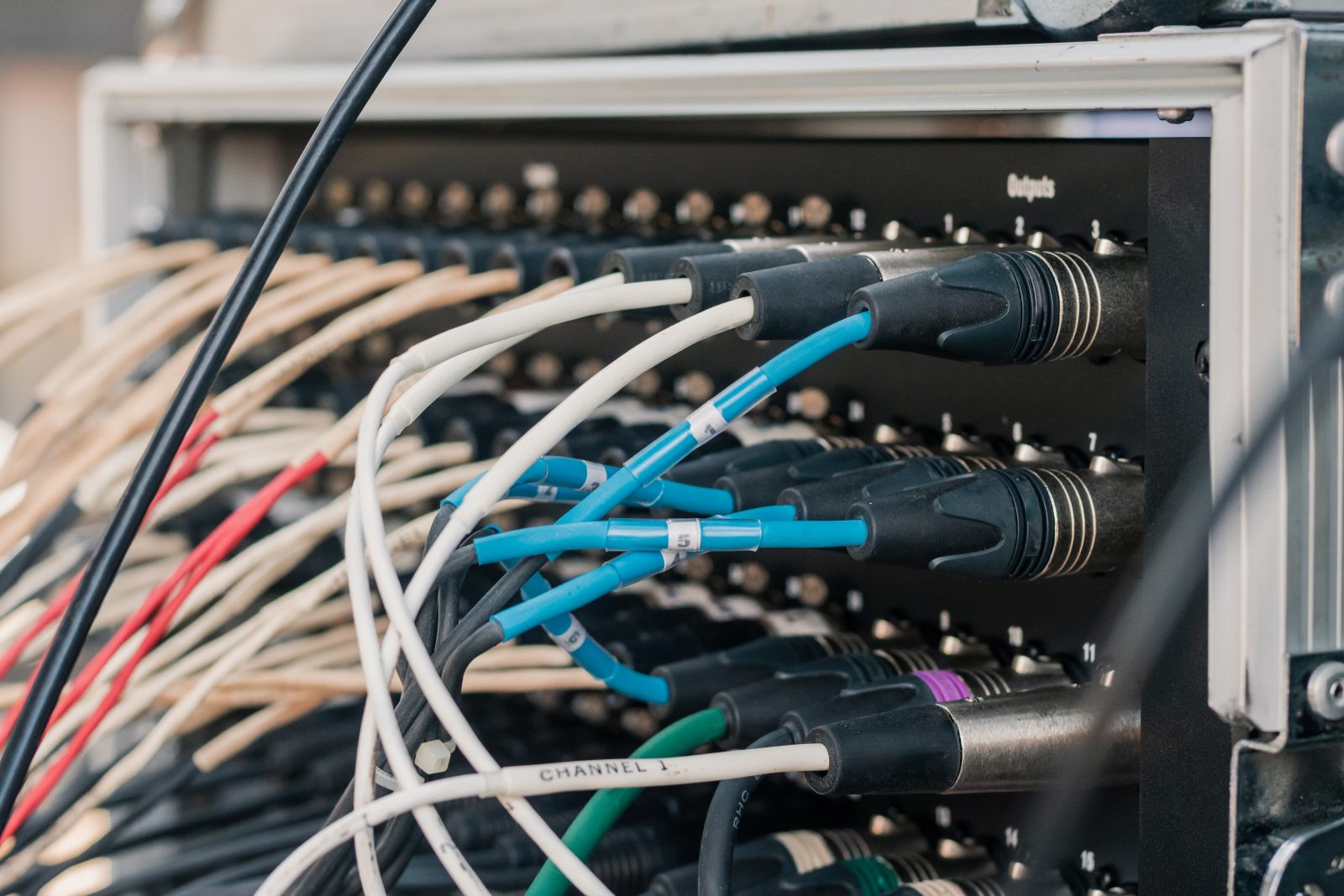
Preparing WiFi Networks for Ongoing IoT Growth

By 2023 there are expected to be 43 billion IoT devices in use around the world. This is almost a threefold increase from 2018. The increasing adoption rates are being driven by technology advancements – such as easier to use IoT devices, 5G, cloud and edge platforms – as well as a growing need for more data in all businesses to fuel operational efficiency and outperform competition.
While it can be easy enough to connect devices to the network, if they are going to work optimally, it’s important to remember that they, like most critical business processes, are dependent on a strong and reliable WiFi network. If businesses truly want to get the best ROI from IoT devices currently in use, and be able to easily add new devices in the future, the WiFi network must be proactively prepared to support the investment.
Here are four actionable tips to use to start optimizing your network today.
Consistently monitor network activity
Every network on the planet is unique. They might all have many of the same pieces, like APs and servers, but a network is more than its infrastructure. It also includes the RF environment, which is the name for the shared airspace in which networks live, breathe, and act. These environments can be impacted by everything from a network’s devices, to nearby networks, to non-WiFi devices like microwaves and bluetooth. Because of this, the environment is constantly changing, which means a network is constantly changing. As just a few examples, every time a device connects or disconnects, an application updates, a new application is opened, or a new business moves in next door, the network changes.
What this means is that the network has to be monitored constantly if optimization is to be maintained long-term. Companies should work with a platform or tool that will provide the following services:
- Analyze both the 2.4GHz and 5GHz spectrums at all times
- Identify all connected devices
- Automatically identify APs as known or unknown
- Analyze the entire RF environment, not only a company’s network
- Identify network issues in real-time and send automatic alerts to IT
Complete visibility makes predictive maintenance possible, improving the efficiency of all processes as businesses know:
- Whether or not there are issues after adding new IoT devices
- If the network is nearing capacity
- Exactly what the network is currently asked to support, and how it needs to be updated to meet future requirements
Run end-user tests for the best advantage
Running scheduled network tests is important for any business – consistent testing means less chance of surprise issues cropping up and derailing production – and end user tests will give you some of the most usable insights. By this, we aren’t referring to tests run on end users (employees) but rather tests that mimic the end user experience.
To achieve this, work with a testing tool that connects to the network as an end user device. This will ensure that all test results are testing the infrastructure that the end users are utilizing. The tool should also automatically alert IT if a test fails for any reason. This gives teams the insights they need to address issues often before end users are affected.
Use remote capable solutions
Remote access enables IT to review and optimize the network from any location at any time. This is a significant time and money saver, allowing WiFi networks to get back on track faster than ever when trouble strikes.
Even if an IT team is only responsible for one location, remote troubleshooting means that the team doesn’t have to travel from floor to floor or office to office to resolve a problem. All issues can be reviewed and resolved from a central location, or even from outside of the office if IT can’t make it onsite.
Pay attention to historical data
Real-time analytics are certainly necessary for optimization, but don’t forget to review historical data. Trends over time in areas like client distribution, RF and client utilization, interference, and noise level, contribute to the needed larger picture of network health.
Even if the network seems reliable day-to-day, historical analytics allow decision makers to see what has changed during the last few months or year. These insights can be used to predict future needs, giving administrators an edge when it comes time to make decisions on network upgrades or updates.
Say goodbye to network mystery and hello to Automation
Now that you know what you need to do to prepare for the growth of IoT, it’s time to give details on how to do it.
Since network optimization requires constant, real-time analysis of data from hundreds or even thousands of devices, we recommend adding a WiFi Automaton platform to IT to best support the human members of your team. The Wireless Intelligence Platform™ (WIP) is an award-winning automation platform that:
- Automatically monitors the entire RF ecosystem
- Provides 24/7 detection, notification, and mitigation of issues proactively with its AI-engine
- Classifies all APs and clients using device fingerprinting
- Allows IT to remotely diagnose and troubleshoot any problems
- Automatically creates graphs to display trends over time
- Auto-detects rogue APs and clients
- Provides API and SNMPv2c support
- Works with existing infrastructure thanks to its vendor agnostic design
Check out WIP’s datasheet for more details, and contact us today for:
- 90% faster Mean-Time-to-Resolutions
- 60% decrease in WiFi problem tickets
- 80% decrease in remote site visits


